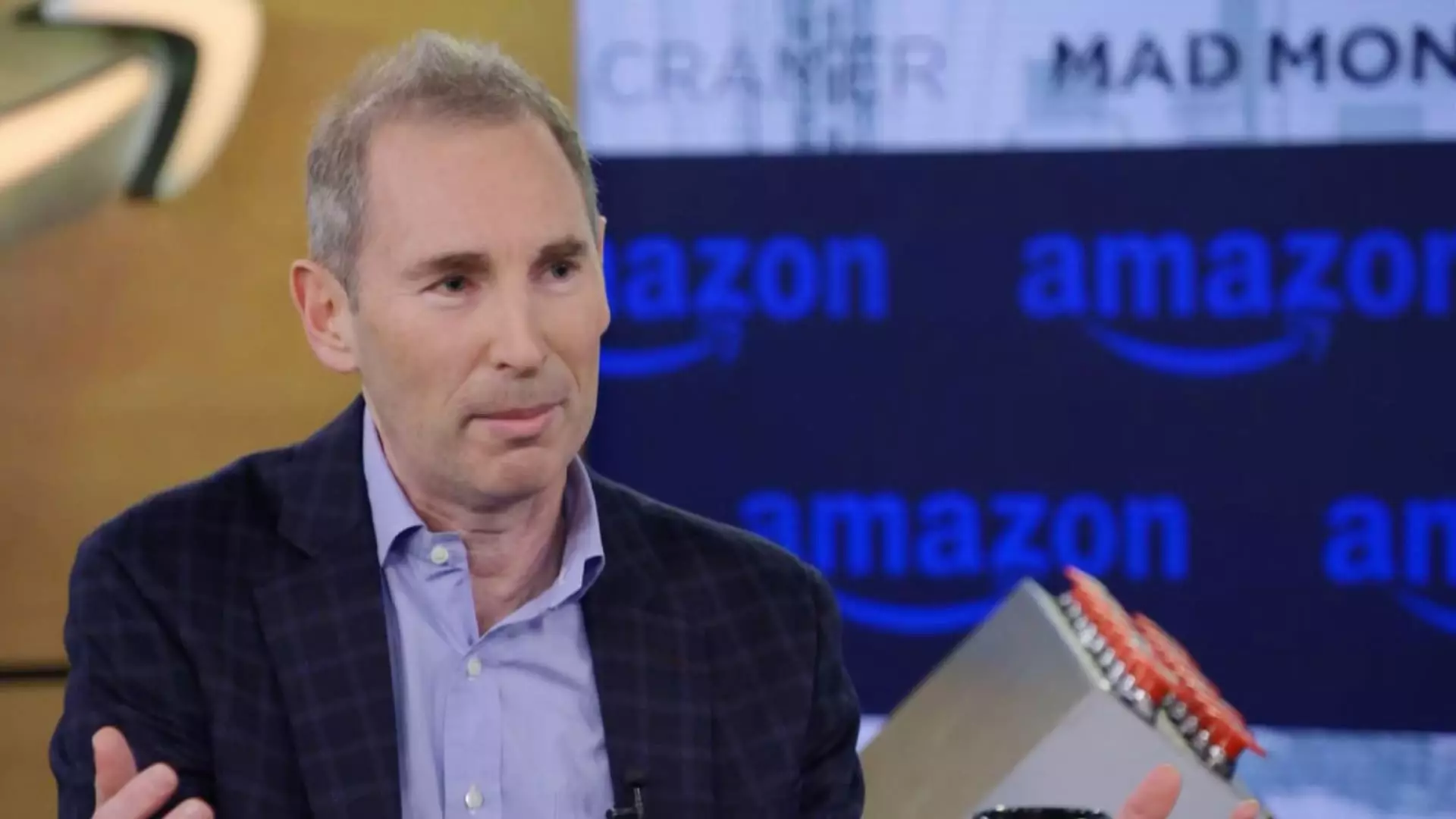As Amazon embarks on a significant investment spree in generative artificial intelligence (AI), CEO Andy Jassy has taken a proactive approach to reassure investors regarding the efficacy of these expenditures. During the recent earnings call, following the company’s third-quarter results, Jassy aimed to calm the nerves of stakeholders who might be apprehensive about the long-term profitability of such investments. He emphasized Amazon’s history of successfully driving operational income and cash flow through strategic initiatives, particularly highlighting the achievements of Amazon Web Services (AWS) — a cornerstone of the company’s profitability despite substantial outlays.
Jassy’s assertions that Amazon can replicate its success in cloud computing with generative AI investments indicate a calculated response to potential investor skepticism. His statement regarding the promise of generative AI echoed the notion that the company consistently finds ways to yield good returns on its capital investments, thereby positioning the current expansion as not merely speculative but grounded in proven success.
In an eye-opening revelation, Amazon reported that it allocated $22.6 billion towards property and equipment within a single quarter, marking an astounding 81% increase from the previous year. This surge in capital expenditures reflects the company’s intense focus on infrastructural development essential for generative AI. Looking forward, Jassy projected that the company’s capex would soar to $75 billion in 2024, with indicators suggesting an even greater figure for 2025.
The primary driver behind this extraordinary spending spree is the rapid demand for generative AI technology, which has gained traction since OpenAI unveiled ChatGPT nearly two years prior. Jassy underscored the gravity of this opportunity, describing it as “once-in-a-lifetime.” This framing captures the urgency Amazon feels in harnessing the potential of generative AI, positioning the company as a key player that is keen on staying ahead of the curve in a burgeoning market.
The discourse surrounding AI investments hasn’t been limited to Amazon. Recently, other technology giants like Meta and Microsoft have also drawn attention to their increasing capital expenditures related to AI. Meta’s CEO Mark Zuckerberg expressed satisfaction with their team’s performance, while Microsoft highlighted challenges tied to its substantial investments in OpenAI during its fiscal earnings release. The competition is palpable, as companies scramble to solidify their positions in the AI landscape, indicating a broader industry trend toward aggressive investment strategies.
Alphabet’s chief financial officer also echoed this sentiment by signaling anticipated growth in capital spending for 2025. These developments showcase a collective acknowledgment of AI as an essential frontier for future growth, compelling major players to navigate similar challenges while trying to mitigate risks associated with such substantial expenditure.
Amazon’s commitment to fortifying its AI capabilities is equally mirrored in its product development efforts. The company has recently launched various AI products aimed at enterprises and third-party sellers, catering to the surging demand for generative AI-related infrastructure. A notable highlight of Amazon’s ongoing strategy is the anticipated release of a revamped Alexa voice assistant, augmented with generative AI features. Jassy hinted that this upgrade would be available “in the near future,” emphasizing the company’s dedication to integrating innovative technologies into its existing products.
While exact figures for revenue generated from generative AI remain undisclosed, Jassy unveiled that within AWS, the sector has reached a multi-billion-dollar annual revenue run rate, boasting a growth rate that significantly surpasses that of AWS during its early developmental stages. Such metrics illustrate the robust traction that generative AI is gaining within Amazon’s ecosystem, which can serve as a reassuring indicator for investors contemplating the future trajectory of the company.
In sum, Amazon’s strategic push into generative AI represents both a bold move into an emerging market and a testament to its confidence in leveraging past successes to inform future growth. While CEO Andy Jassy paints a promising picture, the realization of these ambitions will depend on the company’s ability to convert massive capital investments into sustainable revenue streams. As the competition grows fiercer, the stakes become higher, compelling Amazon to balance its historical prowess in profitability with the pressing need for innovation in a rapidly evolving technological landscape. For investors, the journey into generative AI could indeed be a turning point, provided that Amazon efficiently navigates the complexities inherent in its ambitious plans.

